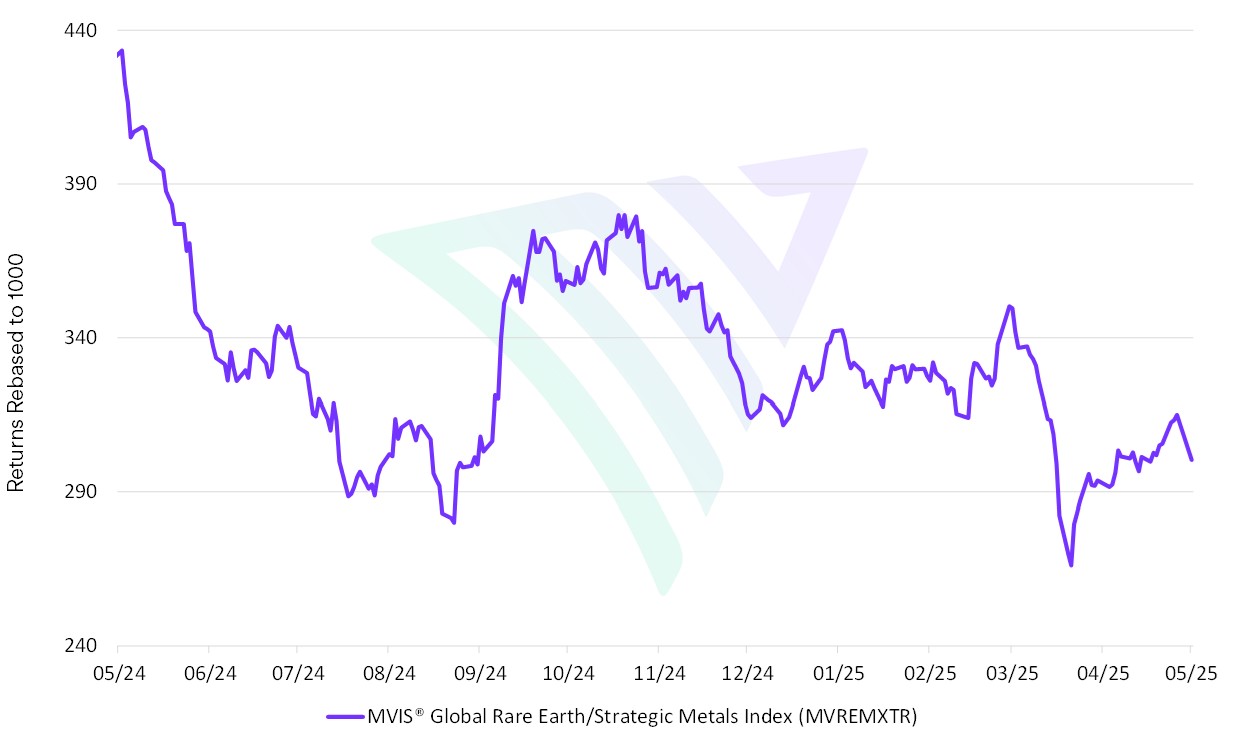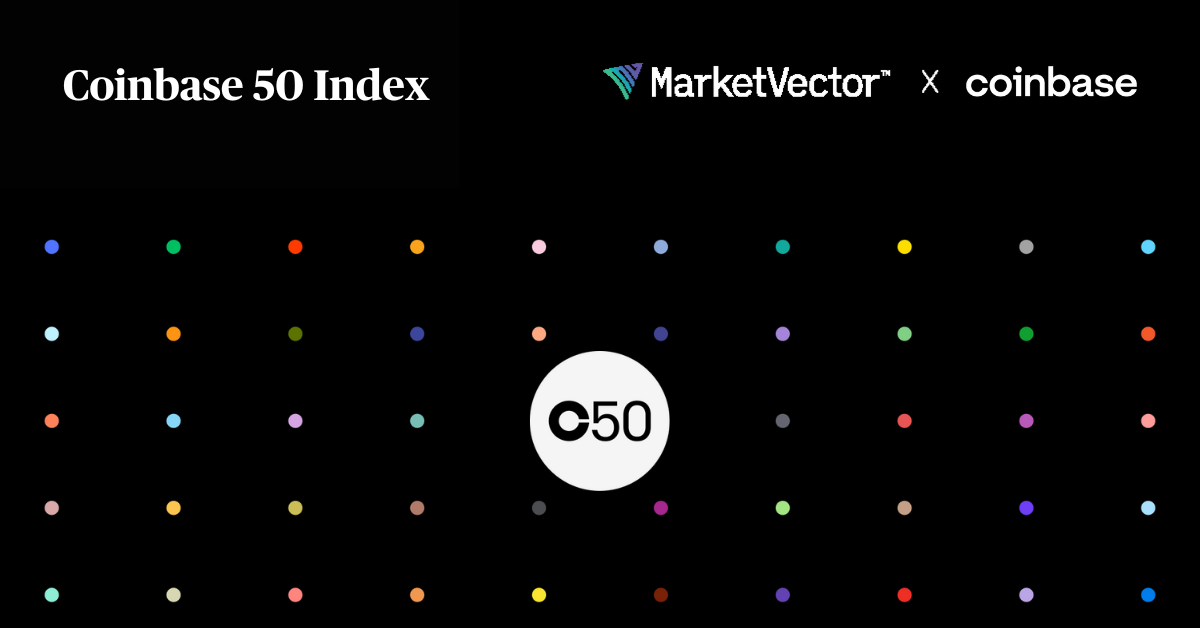Seabed Order Ignites Alarm
On April 24 President Trump signed the “Unleashing America’s Offshore Critical Minerals and Resources” executive order, directing U.S. agencies to fast-track permits for seabed mining operations inside and beyond the exclusive economic zone, explicitly to out-compete China in critical minerals.[1]
While the move bypasses the UN Convention on the Law of the Sea, which still bans commercial extraction in international waters, supporters claim this is a viable way to secure nickel, cobalt and rare earths for defense and clean-tech supply chains. Major industry players such as The Metals Co. have already applied for U.S. licenses.[2]
New U.S.-Ukraine Minerals Pact
Amid the ocean dispute, Washington and Kyiv on May 1 signed an accord granting the United States access to Ukraine’s 22 EU-listed critical minerals including lithium, titanium and other rare-earths, while creating a joint investment fund. Roughly 40 percent of Ukraine’s known metal resources lie in Russian-occupied territory, yet the government estimates USD 12–15 billion in fresh investment potential by 2033 and has prepared 100 sites for development[3].
The Center for Strategic and Internationals Studies (CSIS) analysts note the deal drops earlier U.S. demands for $500 billion in mineral-revenue guarantees but leaves Kyiv with minimal security assurances as investors are wary of wartime risks.[4] The agreement pulls Eastern Europe’s mineral resources into the broader struggle over territory control.
MVIS® Global Rare Earth/Strategic Metals Index (MVREMX)
The MVIS® Global Rare Earth/Strategic Metals Index (MVREMX) tracks the performance of the largest and most liquid companies in the global rare earth and strategic metals industry. This is a modified market cap-weighted index and only includes companies that generate at least 50% of their revenue from rare earth and strategic metals or that have ongoing mining projects that have the potential to generate at least 50% of the company's revenue from rare earth and strategic metals.
Year-to-date, the Index has slipped 3.90%, and its three heaviest country weights are China at 29.57%, Australia at 25.47%, and the United States at 13.42%.[5] The index is unique in that the universe is carefully established by screening companies for involvement in a specified array of minor and rare earth metals.

Source: MarketVector. Data as of May 19, 2025.
[1] The White House. (2025, April 24). Unleashing America’s offshore critical minerals and resources [Executive Order]. Retrieved May 1, 2025, from https://www.whitehouse.gov/presidential-actions/2025/04/unleashing-americas-offshore-critical-minerals-and-resources/
[2] The Economist. (2025, April 25). A Trump executive order will unleash a global deep-sea mining boom. Retrieved May 1, 2025, from https://www.economist.com/international/2025/04/25/a-trump-executive-order-will-unleash-a-global-deep-sea-mining-boom
[3] Reuters. (2025, May 1). What are Ukraine's critical minerals and what do we know about the deal with US? Retrieved May 1, 2025, from https://www.reuters.com/markets/commodities/what-are-ukraines-critical-minerals-what-do-we-know-about-deal-with-us-2025-05-01/
[4] Baskaran, G., & Schwartz, M. (2025, February 27). Breaking down the U.S.-Ukraine minerals deal. Retrieved May 1, 2025, from https://www.csis.org/analysis/breaking-down-us-ukraine-minerals-deal
[5] Data as of May 1, 2025.
Get the latest news & insights from MarketVector
Get the newsletterRelated:




